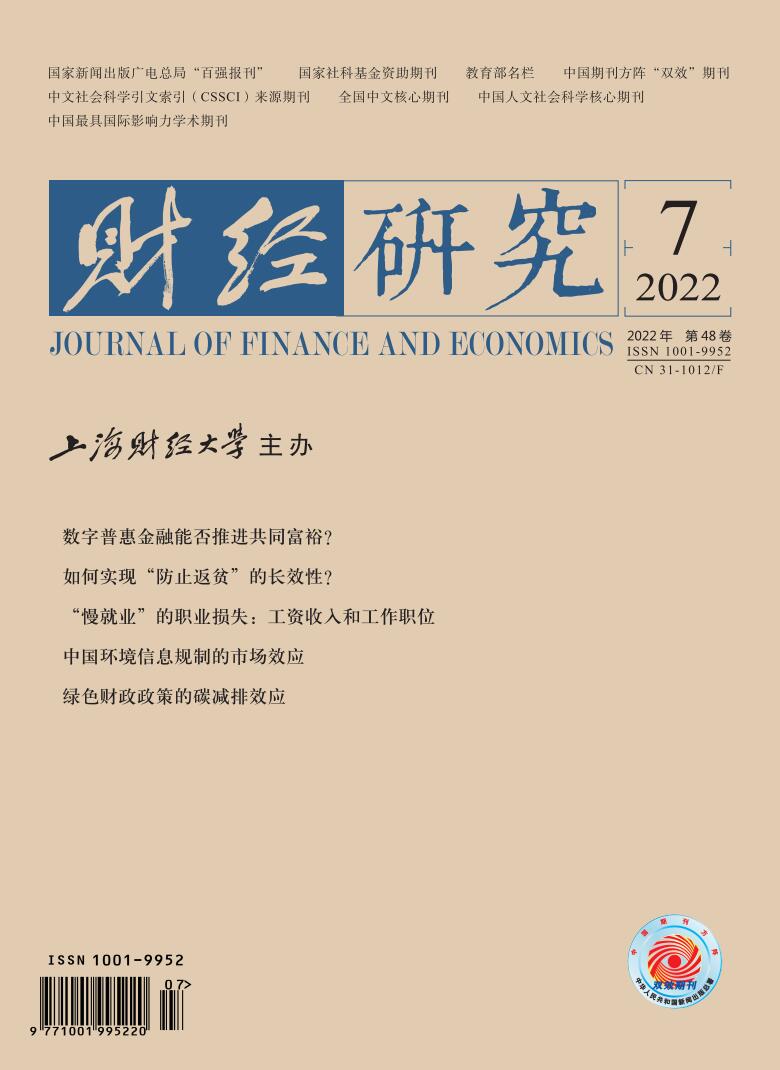In recent years, representative technologies of the intelligent revolution, such as 5G, big data, and artificial intelligence, have gradually matured and started being applied on a large scale. The advent of the intelligent era implies increase in R&D efficiency of both technology innovation and technology application. From both empirical and theoretical perspectives, this paper explores the macroeconomic impact of R&D efficiency shocks and the role of intellectual property protection (IPP).
This paper distinguishes the two types of R&D efficiency — innovation efficiency corresponding to technology innovation and application efficiency corresponding to technology application, and also the two types of firms — innovative firms that focus on knowledge accumulation and imitative firms that focus on knowledge utilization. Using Chinese provincial panel data from 2011 to 2017, the empirical analysis shows that: (1) Increase in innovation efficiency increases the future TFP growth rate, while IPP is not statistically significantly related to this positive effect. (2) Increase in application efficiency decreases the future TFP growth rate, and raising the IPP level weakens this negative effect.
This paper then constructs a two-sector DSGE model with endogenous growth. In the model, innovative firms and imitative firms hire R&D labors to accumulate knowledge and to utilize knowledge respectively, and their R&D activities are subject to innovation efficiency shocks and application efficiency shocks respectively. Imitative firms can acquire knowledge of innovative firms in two ways, paying for the right to use knowledge or free access to spillover knowledge, and IPP enables innovative firms to obtain knowledge rents from imitative firms. By simulating the impact of R&D efficiency shocks in two levels of IPP, this paper obtains consistent results with the empirical analysis.
Combining the empirical analysis and the theoretical model, this paper introduces the concept of “prosperity trap”, that is, short-term prosperity that overdraws the potential of economic growth, and emphasizes the fact that under positive application efficiency shocks, imitative firms would crowd out innovative firms’ R&D labor, leading to slower knowledge accumulation. Strengthening IPP can avoid the trap by increasing the knowledge rents from imitative firms to innovative firms.
This paper has three main contributions: (1) It reveals the macroeconomic impact of R&D efficiency shocks and the heterogeneity, and also highlights the role of IPP under R&D efficiency shocks, while few existing literatures study IPP and R&D efficiency shocks simultaneously. (2) It innovatively introduces the concept of “prosperity trap”, which is an important phenomenon in development economics but has not been focused on as far as our best knowledge. (3) It is an extension for the literature related to DSGE models with endogenous growth, especially for the scarce Chinese literature. Allowing imitative firms to acquire knowledge of innovative firms in two ways is a key theoretical innovation.





 5284
5284  6330
6330

